Note: As an Amazon Associate I earn from qualifying purchases.
My thoughts on ‘Goodbye, Things: The New Japanese Minimalism’
Introduction
I’ve long been curious about the minimalist lifestyle and its promise of freedom from clutter. After stumbling upon “Goodbye, Things,” I decided to take the plunge. The journey has been eye-opening, pushing me to consider the true value of my possessions. It’s been a process of learning to let go and to redefine what’s important. Along the way, the insights gained have been as much about self-discovery as about discarding the unnecessary.
Prices
Check prices of the Goodbye, Things: The New Japanese Minimalism on:
Reflections on Clarity and Minimalism
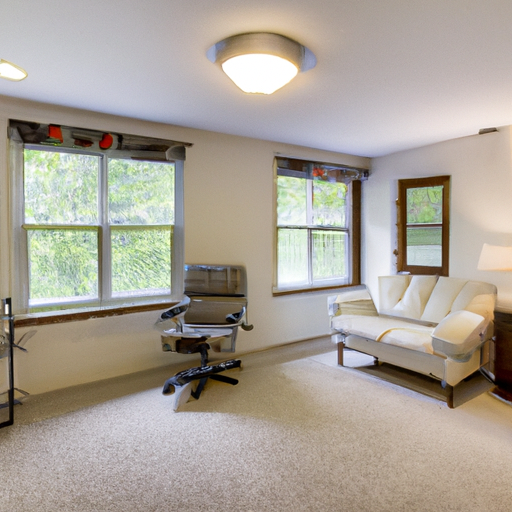
Throughout my journey into minimalism, Fumio Sasaki’s “Goodbye, Things” offered a unique viewpoint on decluttering that intrigued me, yet came with certain reservations. The transition from theory to practical advice felt sudden at times, leaving me craving more hands-on instructions similar to Marie Kondo’s organized tidying method.
The revelation that reducing possessions is merely a means for personal growth was surprising. This book placed more emphasis on psychology and introspection than on strict methods, distinguishing it from other decluttering guides I’ve read. As someone naturally skeptical of universal solutions, I valued this focus on individual exploration through possessions and space.
I did notice a thread of extremity in Sasaki’s minimalist approach that doesn’t resonate with my own goals. His experiences were insightful, but I wondered if his lifestyle was universally applicable. Radical examples may not be suitable for those not intending to live with very little.
Sasaki’s narrative skims over the actual decluttering process at times; a detractor for those seeking a step-by-step guide. However, the merits of the book lie in the introspection it sparks. Readers looking for technical, hands-on instructions might find the content lacking. Ideally, a reader can complement this with more tactical reads or perhaps materials from The Minimalists or resources such as Becoming Minimalist blog posts.
The notion of possessions requiring attention struck a chord. It highlighted the concealed cost of clutter, boosting my determination to reduce my belongings. By actively selecting our items, their influence is amplified in our lives, even if unconsciously.
Another benefit of Sasaki’s thoughts is the environmental impact of our consumption habits. He briefly mentions the ecological advantages of minimalism, which aligns with current sustainability discussions. This area warrants further investigation, potentially through extensive research or dialogue with eco-conscious communities on platforms such as Reddit’s minimalism subreddit.
I must confess that the prose of “Goodbye, Things” did on occasion verge on self-indulgent. Sasaki’s personal anecdotes, while insightful, occasionally risk overshadowing universal takeaways. Also, given the rising trend in digital formats, I occasionally questioned my choice of purchasing a physical copy—though one can argue that a book that inspires such life-altering change has earned its space on my shelf.
In the larger context, “Goodbye, Things” serves as an introduction to self-discovery through minimalism. It does not provide absolute truths or a definitive decluttering guide. For those looking for structured minimalism advice, consider consulting various resources like Joshua Becker’s “Becoming Minimalist” or addressing specific clutter issues such as Project 333 for wardrobe simplification.
Despite its flaws, “Goodbye, Things” influenced my perspective on possessions and their role in my life. The book provides an authentic account of a man’s quest to own fewer items. Although it may not be the ultimate minimalist guide, it initiated valuable discussions.
The Human Side of Minimalism
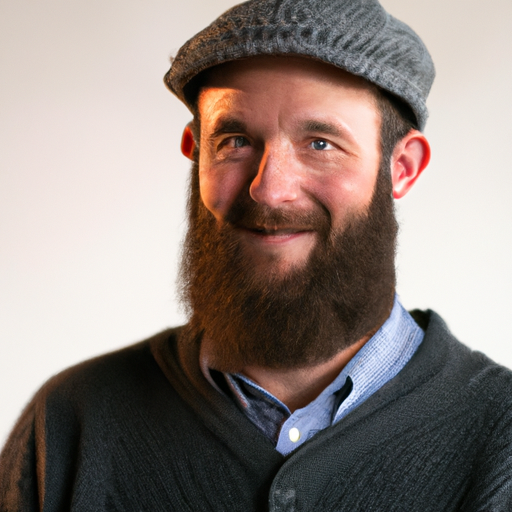
Minimalism often claimed as remedy for modern life’s excesses, proposed solution to attachment to material possessions. Fumio Sasaki’s “Goodbye, Things” resonated differently. It delved into minimalist movement’s human aspect, distancing from unrealistic standards set by some advocates, offering a more attainable, compassionate view of discarding possessions.
Sasaki’s narrative focuses on the introspective journey triggered by purging possessions, rather than the physical act itself. He avoids a prescriptive tone, acknowledging minimalism’s versatility. Sasaki’s honesty about his past lifestyle and personal growth dismantles any elitist perception of minimalism, revealing vulnerability and development instead.
The candid retelling of personal experiences is appealing. It portrays minimalism as welcoming, forgiving of errors, and versatile. Personal anecdotes hold deeper meaning for me than prescriptive guidelines; they convey struggles and victories in a way that enumerated advice cannot.
** however,** Sasaki’s approach to minimalist living, with its emphasis on owning few items and using a single hand towel, may not be suitable for everyone. Some people find it intimidating or unrealistic, especially those with families, busy careers, or different values. While his method is inspirational, it doesn’t fully address the challenges of applying minimalist principles to everyday life. His book does not completely bridge the gap between the philosophical foundations of minimalism and its practical application.
On the technological aspect, Sasaki talks about digital decluttering and technology’s role in his minimalist lifestyle. He switched to ebooks, which not only eliminates physical clutter but also creates a portable library, aligning with minimalism and tech’s practicality. As of now, ebooks continue to be crucial for minimalist practices as digital media becomes more prevalent.
In the environmental impact discussion, the book initiates a crucial conversation about sustainability, but could delve deeper. Sasaki’s story is personal, yet it’s essential to explore minimalism’s global ecological effects for data-driven readers.
All in, “Goodbye, Things” presents a compassionate perspective on minimalism, which can sometimes come across as rigid and doctrinaire. The book’s power lies in demonstrating minimalism’s transformative abilities without preaching. There are some gaps, specifically when it comes to connecting the theoretical to practical applications and personal experiences to global impacts. However, these shortcomings do not detract from the message of the power of simplicity. As with any philosophy that promotes lifestyle changes, the experience is individual and continuous. Sasaki’s story is merely one of many that uncovers the layers, motivating readers to explore their unique path towards freedom.
Practical Steps and Missteps
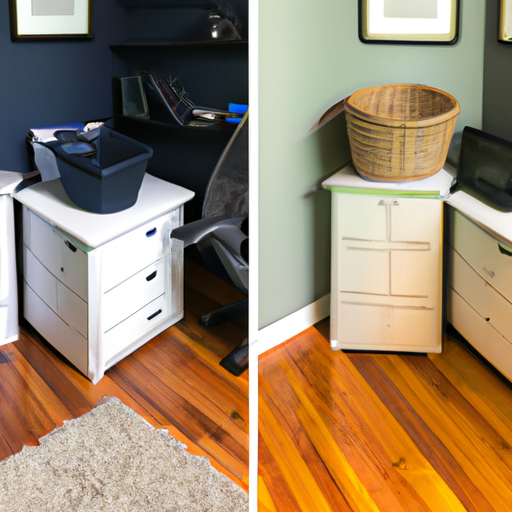
Embarking on my minimalist journey with Fumio Sasaki’s “Goodbye, Things” was enlightening as it introduced me to both practical and theoretical perspectives that expanded my minimalist knowledge beyond my initial YouTube-based understanding. The book began with some helpful how-to tips but subsequently delved deeper into the philosophical mindset of minimalism, which may leave some seekers of detailed instructions feeling disappointed.
The book’s inspirational narrative is its major strength. I appreciated Sasaki’s focus on personal transformation through minimalism. However, some parts towards the end felt redundant and repetitive, leaving me craving new insights. The summary page proved helpful, allowing me to grasp the core message without being bogged down by the redundancy.
Reading through Sasaki’s thoughts made me ponder my connection to objects. The notion that possessions can unconsciously dictate our tasks and self-esteem resonated deeply with me. I aspire to minimize mental and physical clutter by reflecting on the items I truly need and use. However, Sasaki’s radical minimalism with its extreme approach might be intimidating for many, including myself. He acknowledges this, but his narrative occasionally blurs the line between what’s expected and achievable, making it hard to distinguish the realistic application of his philosophy.
I was particularly drawn to the article’s emphasis on taking a mindful approach to environmental benefits and consumption. This resonated strongly with my eco-friendly values, as it went beyond mere aesthetics to demonstrate that minimalism is a meaningful choice for both individuals and society. The connection to happiness and interpersonal relationships further deepened my understanding of this concept, adding layers of significance to the idea that less truly can be more.
The Kindle version of the book was flawless, making it a convenient companion during my commutes. This convenience and reduction in clutter are in line with ideas I explored in another read, which you can check out in My thoughts reading ‘Digital Minimalism: Choosing a Focused Life in a Noisy World’. I find this aligns with the minimalist philosophy quite neatly, having a library at my fingertips without the physical bulk.
In assessing Sasaki’s account, some critics argue that his narrative leans towards self-indulgence at certain points. Although his emphasis on personal experiences is crucial in elucidating the implementation of minimalist principles, it can hinder the succinct expression of these concepts. I had hoped to encounter a more data-driven approach, where Sasaki presents arguments grounded in research or empirical evidence to substantiate his claims and underscore the advantages of this lifestyle choice.
In my experience, “Goodbye, Things” provided valuable clarity regarding why we keep items and the benefits of letting go. For those aiming to start immediately with decluttering and organizing their spaces, extra resources may be necessary.
Overall, despite its imperfections and occasional drift into philosophical pondering, Sasaki’s work has undoubtedly enriched my understanding of minimalism. It’s empowering, if not a comprehensive guide, steering readers towards introspection and helping them identify what genuinely matters in their lives.
Saying Goodbye to the Unimportant
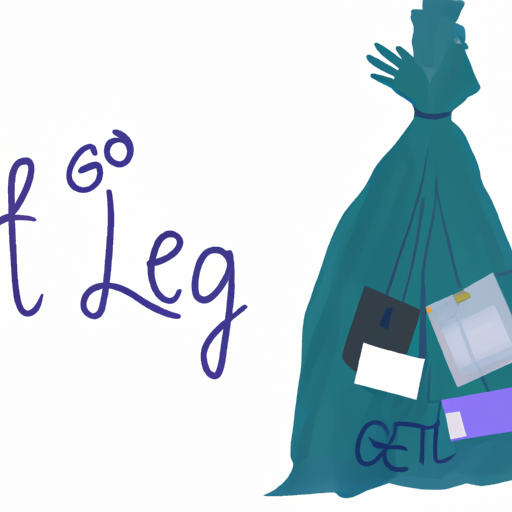
Engaging with “Goodbye, Things” was an enlightening journey for me. I started with a blend of interest and hesitation, as I’ve long admired minimalism but questioned my readiness to embrace it fully. The book, however, prompted thoughts and feelings that were both surprising and invigorating.
Diving into the book, I found some parts theoretical but insightful. However, at times, my attention wavered as I sought more practical advice. Yet, I appreciate the author’s thorough introduction to minimalism’s core tenets. Minimalism transcends physical space; it also involves mental and lifestyle decluttering. The stated advantages—time autonomy and reduced environmental impact—align with my beliefs. Academic research supports these benefits too.
One of the book’s strengths is its authenticity and relatability. For instance, Sasaki’s journey resonated with my experiences of acquiring material possessions and desiring a more streamlined, intentional life. As I read his story, I recalled the concept of code refactoring from my software engineering background. Refactoring involves improving code without altering its functionality; it makes the code cleaner, more efficient, clearer. The author’s minimalist philosophy feels like a personal ‘refactor’; keeping what works and brings joy, while eliminating excess.
The section provided practical advice for getting rid of excess possessions. It offered a list of actions, allowing me to make progress while maintaining essential functions. These steps are valuable, though I agree that repetition can be tiresome in both literature and life. Less is sometimes more.
This is a personal perspective on minimalism from the author. The approach suggested is intense and may not be suitable for everyone. It’s essential to find a balance between getting rid of excess possessions and living a simple life without feeling too deprived.
Looking at the technical side, I discovered no problems with the Kindle edition. Its digital format harmonized well with Goodbye, Things’ simple design. E-books’ convenience aligns with the book’s minimalist message, and quick access on a screen reflects modern minimalism adaptation.
In implementing the book’s lessons, I have experienced a change. A tidy workspace contributes to a clear mind, facilitating smoother creative thinking and problem-solving in my projects. This aligns with the commonly held belief that an organized codebase leads to streamlined development work. Adopting a minimalist mindset has likewise mirrored principles of clean design and efficiency I aim for in technology.
In sum, “Goodbye, Things” encourages a fresh perspective on priorities. It doesn’t provide step-by-step guidance but offers an intentional approach to living. This approach promises a clutter-free life with greater meaning, making it a worthwhile goal.
Minimalism in Action Personal Anecdotes
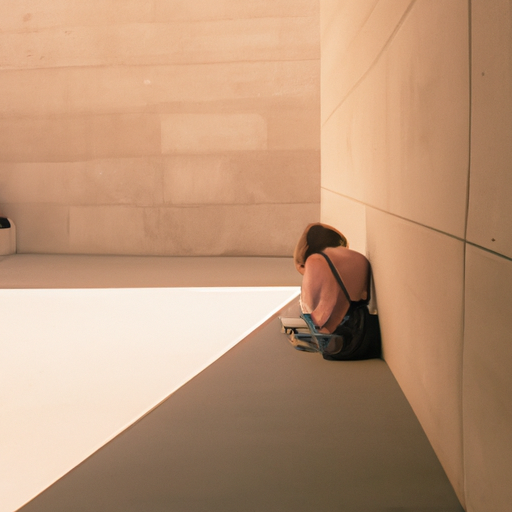
I’ve discovered a strong interest in minimalism over the past few months, but it wasn’t until I read Fumio Sasaki’s book, “Goodbye, Things,” that I was motivated to take action. My minimalism journey started as an experiment, inspired by eco-minimalism videos on YouTube. Yet, it was the physical experience of reading Fumio Sasaki’s unique approach in his book that transformed my thoughts into actions. His philosophy and practicality resonated with me more like a dialogue than a lecture. Instead of merely discussing decluttering, he explores the emotional significance of our belongings – how they reflect hopes, regrets, or unresolved memories.
Minimalism, as Sasaki explains, is not only about owning fewer possessions. It’s about gaining clarity through extra space, both physically and mentally. This simplification brings enlightenment rather than limitation—more akin to Zen purging than Spartan living. I value how Sasaki connects minimalism to broader concepts like environmentalism and happiness. By consuming less, we generate less waste and reduce our ecological impact.
Of course, Sasaki’s ideas have their limitations. His minimalism might be too extreme for some people, and not everyone will find joy in living with very few possessions. Yet, simplifying one’s life can bring peace and a sense of spaciousness. My apartment appeared larger and calmer after decluttering. Although I can’t envision reducing my belongings to Sasaki’s essentials, his philosophy appeals to me due to the pressure from consumer culture.
Engaging with “Goodbye, Things” was an unexpectedly thrilling experience. Discarding items that didn’t serve a purpose or brought me joy was liberating. The book’s real-world examples and images offered clear steps towards minimalism, making the process seem less intimidating. My implementation is ongoing; I approach this transition with an iterative development mindset, similar to software release cycles in my tech career.
One of the more tangible and surprising insights from my minimalist endeavor was about time management. Less stuff truly equates to less time spent managing it all. This is a lesson that I hadn’t totally absorbed from other lifestyle or self-help books. And amid this newfound time, I’ve noticed I’m spending less time on digital distractions and more on meaningful projects, like contributions to open source (GitHub became a productive hangout spot) and personal development.
Sasaki’s book has some weaknesses. It can be repetitive, and his personal stories border on too much sharing. The translation occasionally lacks depth, resulting in sections that feel dull or overly prescriptive. However, this book significantly impacted my journey towards a clutter-free life. As a developer, I’m accustomed to optimizing code and improving user experiences. Applying similar principles to my environment feels like an extension of my daily tasks. Sasaki’s work reinforced the importance of focusing on what adds value to my life, both personally and professionally.
The Road Ahead Embracing a Minimal Lifestyle

Embracing a minimal lifestyle is not a big change as some might think. It’s a collection of deliberate, small actions toward living simply and with purpose. Through “Goodbye, Things,” I identified how our possessions have a larger impact on our lives than we may realize. By getting rid of physical clutter, I unexpectedly cleared my mental space too.
The transformation presented difficulties. I was accustomed to the comfort of abundance and preparedness, resulting in an excess of belongings - the opposite of minimalism. However, as I advanced through the book, the appeal of having fewer, more significant items began to prevail. It’s not about reducing possessions to a bed and laptop, as Sasaki suggests, but discovering what suits you best.
One key takeaway has been the shift in my perspective on consumerism. Adopting minimalism isn’t just a personal choice; it’s a conscious strike against the pervasive culture of consumerism that’s wreaking havoc on our environment (source). I now see possessions through the lens of necessity and impact, asking myself if the joy or utility they bring justifies their environmental footprint.
Yet, the minimalist approach detailed in Sasaki’s journey isn’t for everyone, and I’ve had to adapt his philosophies to fit my own life. I still cherish my personal library too much to switch entirely to e-books, but I’ve become more selective about new additions, such as choosing books that align with a minimalist mindset; for example, you can see my review on ‘Minimalism: Live a Meaningful Life’ which delves into similar themes. The balance between a spartan lifestyle and retaining joy-inducing items is a delicate one.
Despite the practical benefits of minimalism, such as less time spent cleaning and organizing, I’ve also had to contend with societal expectations. There’s a certain material detachment in saying goodbye to things, and it often clashes with traditional marks of success, like a fancy car or a big house. Embracing this philosophy has led me to make changes to my everyday items, which you can read about in my thoughts on the Ninja AF101 Air Fryer.
One considerable advantage of embracing minimalism has been the community and resources at my disposal. Online communities on platforms like Reddit (r/minimalism) have provided support and shared experiences, proving especially valuable when the going gets tough. Additionally, tools like Kindle have facilitated my transition, allowing me access to a vast library without the physical space requirements.
In the end, minimalism entails more than just disposing of items. It’s a mindset, philosophy, and method for living an intentional, uncluttered life. Despite potential obstacles on the path, the focus and freedom brought about by minimalism make it a worthwhile endeavor.
And so, I walk carefully but with hope, keeping in mind that possessions do not uniquely define us. This minimalist mindset isn’t something taught through a manual; it’s shaped by the choices we make daily, making each of us unique in our pursuit of living simply and authentically. As Sasaki suggests, it’s the beginning of crafting our individual narratives, distinctly ours, and free from encumbrances that may hinder our personal growth.